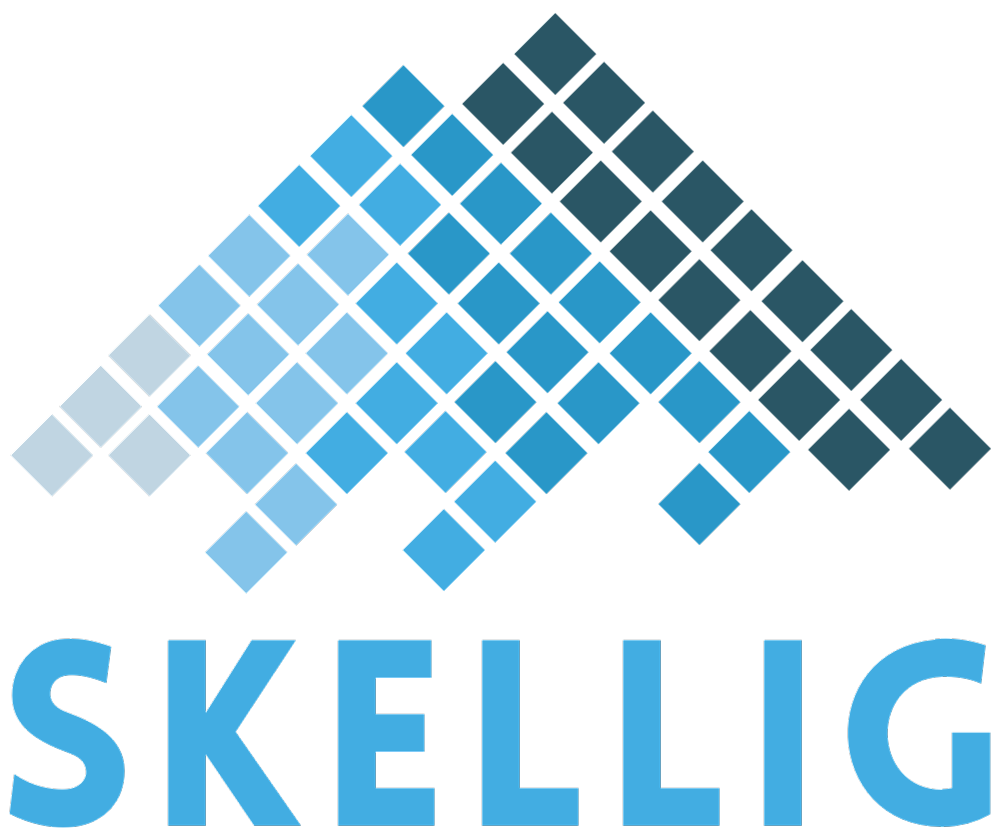WHITE PAPERS
Our clients rely on the wide variety of expertise Skellig engineers bring to their businesses. By breaking down silos and sharing knowledge in our white papers, Skellig Automation aims to push the limits of the Life Sciences industry and advance what’s possible.
Why Life Science Manufacturing Needs Industry 4.0
The traditional 3.0 automation stack (Plant Floor, Control/PLC, SCADA/DCS/, MES, ERP) continues to dominate life sciences manufacturing. However, these systems require discrete connections between each layer. Adopting 4.0 principles can overcome these challenges by changing the way data is connected, contextualized, and utilized.

Unlocking Industry 4.0 across Life Sciences starts with the Unified Namespace (UNS)
The first step towards Industry 4.0 is implementing a Unified Namespace (UNS) architecture, which is a software solution that acts as a centralized hierarchical repository of data, information, and context. Using a PUB/SUB model, a UNS enables data connectivity, bringing benefits to the Life Science industry, where regulatory requirements for traceability and context are critical.

Considerations and Challenges for Implementing a Unified Namespace in the Life Sciences
Implementing a UNS requires architecture that can seamlessly transmit data across the automation stack. Ideally, software and hardware which support the minimum UNS requirements are used. However, if a 3.0 factory has legacy technology, a hybrid UNS approach can provide a practical entry point to Industry 4.0 while respecting cost and time boundaries.

Unified Namespace Implementation in a Pharmaceutical CDMO
With the assistance of Skellig, The Center for Breakthrough Medicines successfully implemented a unified namespace (UNS) system architecture to make the data generated from their numerous manufacturing suites centrally available. This case study delves into the background, selected systems, solutions, and positive outcomes achieved through implementing this architecture.

CONNECTING EQUIPMENT: THE FIRST STEP TOWARDS IMPLEMENTING AN INDUSTRY 4.0 STRUCTURE IN A LAB ENVIRONMENT
Introducing 4.0 concepts in a laboratory environment through lab digitization delivers significant improvements in connectivity, efficiency, and scalability. This paper provides step-by-step guidance for planning and executing a lab equipment integration project and discusses how to navigate associated challenges, such as interoperability and data quality.

